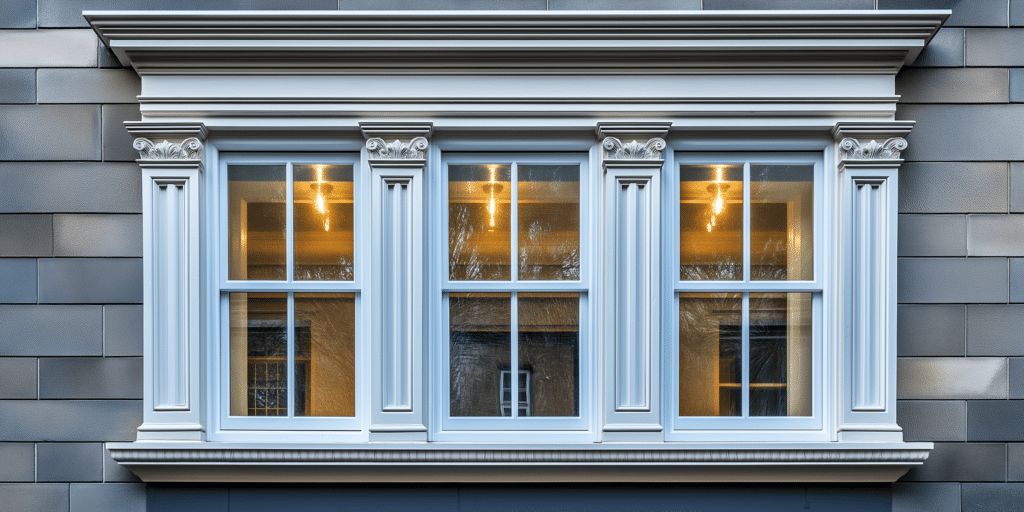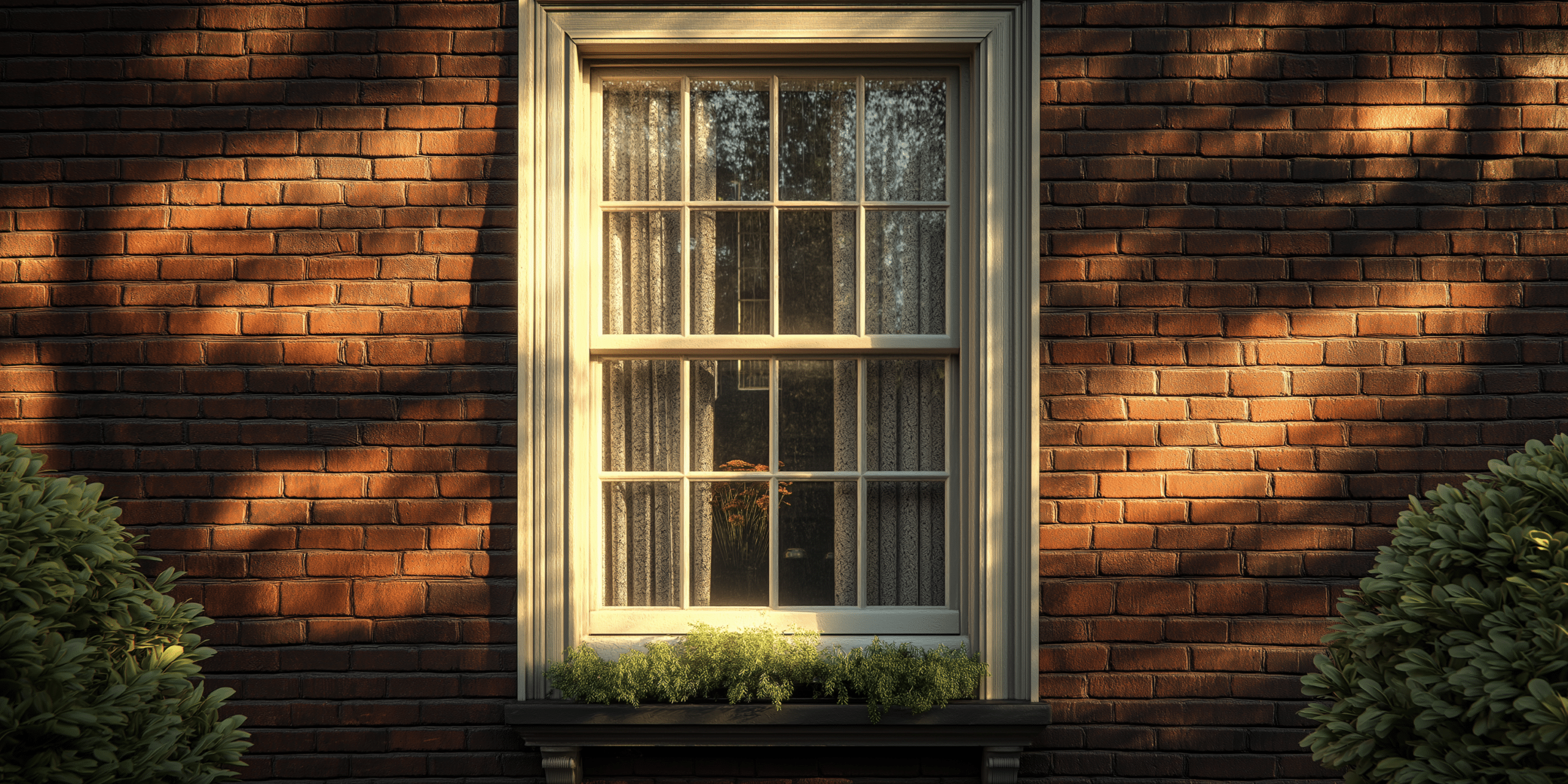Introduction to Sash Window Hardware Fitting

Sash window hardware fitting involves more than just attaching handles and locks—it’s about ensuring your windows’ structural integrity and operational efficiency. This includes installing weights, pulleys, locks, handles, and weatherproofing components that ensure smooth operation and energy efficiency.
The number of sashes and their movement impact the fitting process and the types of balances required. The right tools, such as sash lifters, screwdrivers, and sash cord tensioners, ensure accuracy and durability. Poor-quality materials can lead to hardware failure, increased draughts, and compromised security.
Choosing the Right Materials for Sash Window Hardware
One of the most important questions is, what materials should you choose for your sash window hardware? Different materials offer varying degrees of durability, resistance to weathering, and aesthetic appeal. Whether installing hardware for a period property or a modern home, understanding the benefits and drawbacks of materials like brass, stainless steel, and uPVC is essential.
- Materials like stainless steel offer superior rust resistance, making them ideal for coastal environments, while brass adds a classic aesthetic that suits heritage properties.
- uPVC is lightweight, low-maintenance, and cost-effective, but it may not provide the same durability as metal components in high-stress applications.
- Matching materials to the style of the window and the surrounding architecture ensures visual coherence and long-term satisfaction.
- Modern materials often integrate better with Low-E glass and thermal break technologies, enhancing the window’s overall energy efficiency.
Step-by-Step Guide to Installing Sash Window Hardware
Regarding the installation, the question arises: how do you ensure each component is fitted correctly? The installation requires meticulous attention to detail to avoid issues like misalignment, sticking windows, or inefficient operation.
- Precise measurements are crucial for aligning the hardware with the sash, ensuring smooth operation and a draught-free fit.
- Proper tension is key to maintaining the window’s ability to stay open or closed at the desired position.
- Aligning locks and latches properly secures the window and complements its traditional or modern style.
- Identifying and addressing these issues early prevents larger problems down the line.
Understanding Sash Window Weights and Balances

Many people wonder why sash windows require weights and balances. The answer lies in the need to counterbalance the sash’s weight to allow for easy opening and closing. The most common types include traditional sash weights and cords, as well as spring balances for modern installations.
Calculating the correct weight involves measuring the sash and ensuring the balance is sufficient to counteract its weight without excessive force. A poorly balanced sash can result in windows that are difficult to open or close and may even cause damage to the frame over time.
Regular maintenance, such as lubricating pulleys and checking cord tension, can extend the life of your sash window hardware.
How to Fit Sash Locks, Handles, and Latches
You might ask yourself, how do you ensure that sash locks, handles, and latches are both functional and aesthetically pleasing? The answer lies in careful selection and precise fitting. These components not only secure the window but also play a key role in its overall look.
From Fitch fasteners to vent locks, each type offers varying security levels and ease of use. Chrome, brass, and satin finishes can complement various interior styles, from period properties to modern homes.
High-quality latches prevent forced entry and improve the window’s resistance to weather-related damage. Misalignment can lead to difficult operations and may compromise security. Precision in placement is key.
Ensuring Weatherproofing and Insulation
Why is weatherproofing so critical for sash windows?” Properly installed hardware can significantly improve your home’s energy efficiency by reducing draughts and preventing heat loss.
Installing draught excluders, brush seals, and weatherstripping ensures airtight seals and minimises heat loss. Locks and latches with integrated sealing mechanisms can further enhance the window’s thermal performance.
Rubber, silicone, and foam draught-proofing strips are effective when applied to the window sash and frame edges. Well-sealed windows prevent excess moisture build-up, reducing the risk of mould and maintaining a healthy indoor environment.
Maintaining and Upgrading Sash Window Hardware

“How often should you maintain or upgrade sash window hardware?” Regular maintenance is key to extending the life of your windows. Even the best hardware can wear over time, and knowing when to upgrade is essential for maintaining functionality and energy efficiency.
- Common signs include difficulty in opening or closing the window, rattling, or visible corrosion on metal parts.
- Use non-abrasive cleaners and lubricants to prevent damage to metal surfaces and keep moving parts functioning smoothly.
- A soft cloth, mild detergent, and silicone spray can keep your hardware looking and functioning like new.
- Modern locking mechanisms and balances can enhance security and make older windows easier to operate.
Restoring Historical Sash Window Hardware
Restoring historical sash window hardware presents unique challenges. The goal is often to preserve the original aesthetic while improving functionality. You might ask, how can original hardware be restored without losing historical value? It often involves carefully cleaning, repairing, or replacing components with reproduction hardware matching the original style.
Many companies specialise in reproduction hardware that mimics the look of original components while providing modern performance. Restoration often involves refurbishing corroded or worn-out components, which can be time-consuming but necessary to preserve the window’s character.
Choose hardware with a vintage appearance but modern internal mechanisms to maintain period accuracy while enhancing security. All work must comply with listed building regulations, often requiring any changes to be reversible and sympathetic to the original design.
Final Thoughts on Sash Window Hardware Fitting
Ultimately, sash window hardware fitting is not just about functionality—it’s about preserving the heritage and enhancing the performance of your home’s windows. By following best practices, using quality materials, and understanding the importance of balance, security, and weatherproofing, you can ensure your windows stand the test of time, whether working on a historic property or installing new windows in a modern home.




